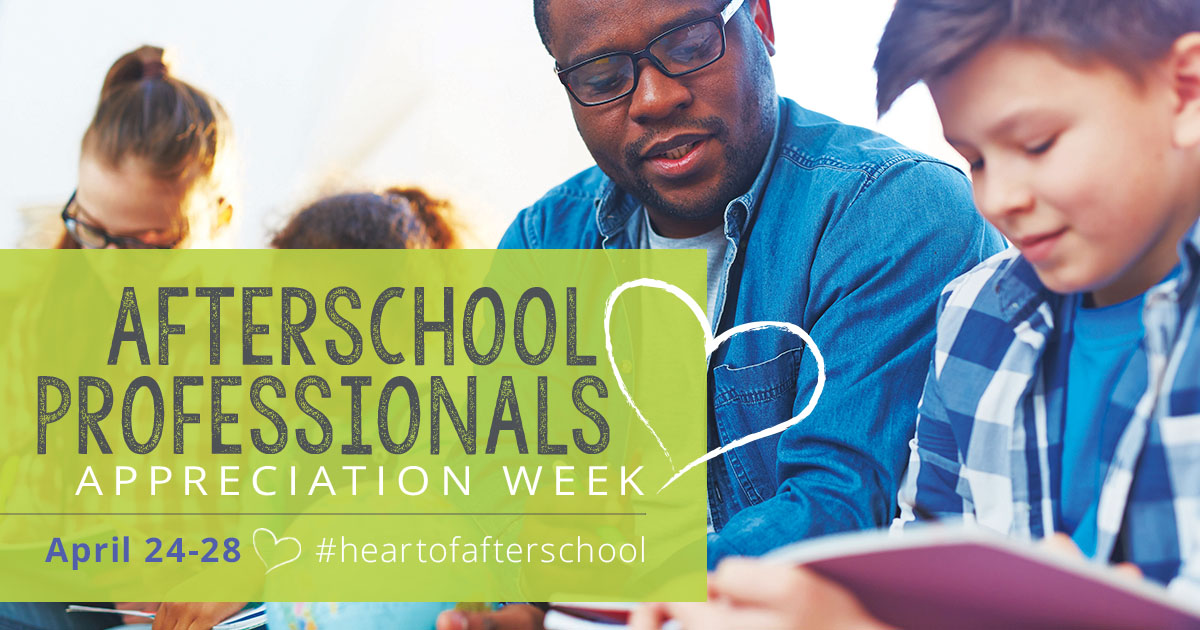Jobs in after-school programs aren’t known for their high pay, but this week, at least, employees may be paid extra in appreciation.
For example, staff members at Prime Time Palm Beach, a nonprofit that helps after-school providers meet quality standards, are writing thank-you notes to the after-school providers they work with.
Other organizations are tweeting at #heartofafterschool to highlight the work of their after-school staff. It’s all part of Afterschool Professionals Appreciation Week, sponsored by the National AfterSchool Association.
And a related observance, Thank a Youth Worker Day, takes place on May 11, sponsored by the Association for Child & Youth Care Practice,
Improving pay and opportunities for youth workers has been long been a thorn in the side of leaders in the field.

Ellen Gannett
“We’re still stuck with a system that does not compensate people well enough,” said Ellen Gannett, director of the National Institute on Out-of-School Time. But she sees an increasing recognition of the value of youth work over the past decade — as well as an increase in credentialing systems and college degree programs.
Professionalizing the field
Efforts to professionalize youth work and raise the pay have been ongoing, but two things have gotten in the way, Gannett said.
“It’s a very fragmented field,” she said.
Youth work can range from after-school programs to group homes to residential treatment centers.
And people who work with youth come from widely different educational backgrounds, Gannett said.
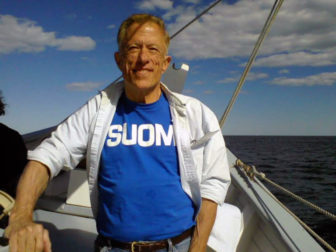
Michael Mitchell
Michael Mitchell is membership chair of the Association for Child & Youth Care Practice, a membership organization for professionals and agencies ranging from juvenile justice to foster care to community youth programs.
“Educational qualifications [for youth workers] can be all over the map,” Mitchell said. People come to youth work with various degrees from social work to psychology to education. In some inner-city youth organizations, very competent staff members may not have high school diplomas, he said.
Credentialing is also all over the map, with various states, cities and counties offering different credentials.
In 2008, ACYCP established the Child and Youth Care certification, which certifies youth workers nationwide across various settings, including after-school.
Gannett said professionalizing the field requires defining standards for program quality and setting academic pathways and career pathways that allow employees to advance.
She envisions a field in which a youth work degree could provide exciting opportunities.
In the 2012 book “Advancing Youth Work: Current Trends, Critical Questions,” she describes a field in which “people could move from many different settings as they advance over time because youth work will be embedded in so many different great employment opportunities.”
“With a degree under your belt and experience working with children, many institutions and organizations will want to employ youth workers,” she wrote.
Who are the youth workers?
There are about 850,000 after-school workers in the United States who work with about 10.2 million children per year, according to the National Afterschool Association.
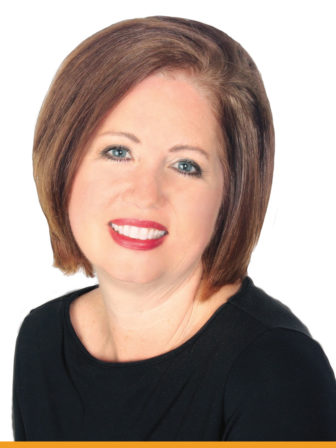
Gina Warner
The workforce is often described as part time, underpaid, underage and temporary, said Gina Warner, president and CEO of the National AfterSchool Association (NAA), at the “Professionalizing the Workforce” panel at the organization’s convention in March. But a survey NAA conducted of 5,000 people in the after-school workforce shows a different picture, Warner said.
The organization surveyed its 20,000 members last year to find out more about their jobs and pay. Survey responses tended to come from people working in higher-level after-school positions.
Twenty-eight percent who responded were executive directors, 32 percent were program directors and just 10 percent were frontline staff.
Their pay seemed clearly linked to education level.
Thirty percent had master’s degrees, 41 percent had bachelor’s degrees and 25 percent had an associate’s degree or some college.
Thirty percent earned $50,000 or more, 35 percent earned $31,000 or more and 27 percent earned $10,000 or more.
The survey shows the field is further along toward a path of professionalism than often thought, Warner said.
The workforce is divided into two groups, according to an earlier NAA survey:
- a full-time group that has more education, higher pay, somewhat less turnover and that sees the work as a profession, and
- a part-time group that has less education, gets hourly pay without benefits, has high turnover and sees the work as a job rather than profession, although they like working with youth.
Across both groups, the average hourly wage was $10.75 in the earlier report, published in 2006.
Two states making advances in credentialing
In 2011 the National AfterSchool Association adopted a set of core competencies for after-school workers. States and cities have also created standards, training and credentialing.
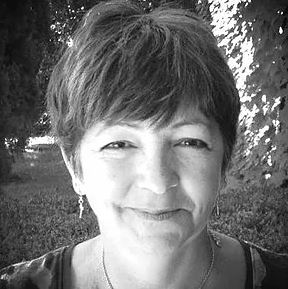
Susan Gimilaro
New Hampshire, for example, has an after-school credentialing program for three professional levels: direct service, administrator and master professional. Susan Gimilaro, project director for the after-school professional development organization Across New Hampshire, described the program at the NAA panel “Professionalizing the Workforce.”
About 10,000 people have taken professional development courses through the New Hampshire Afterschool Network and the University of New Hampshire Extension Service, Gimilaro said at the workshop.
An online professional registry is available to after-school workers. They can use the site to sign up for classes as well as generate their own transcripts showing their education and credentials, regardless of whether they remain in New Hampshire, she said.
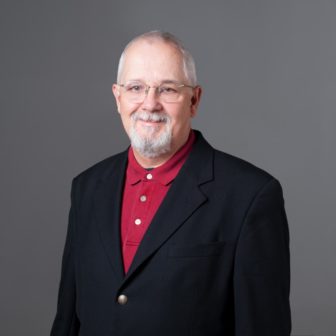
Monty Hulse
Indiana has also focused on after-school training and credentialing, working with a number of partners, said Monty Hulse, director of regional engagement for the Indiana Afterschool Network, at the workshop. It offers credentialing through the Child & Youth Care Certification Board.
Why youth work should be its own profession
Leaders like Gannett believe it’s important to pull the fragmented youth work field into one profession.
“It’s my view that youth work — positive youth development — is quite unique,” she said.
It brings a different orientation to related disciplines such as psychology or social work, she said.
Youth workers are “in a natural environment with a young person,” Gannett said. “The orientation is not about pathology.”
It’s positive youth development — not a deficit model, she said.
“We’re getting away from ‘what’s wrong with you’ and looking at the positives,” Gannett said.
Research shows that one of the most critical things for kids who face problems or deal with enormous adversity or are low-income is the importance of a relationship with a caring adult who is there for them, inspiring them to do better, she said.
“That youth worker — or youth development worker or person in the after-school space — playing that role in a deep way, can really change the course of a young person’s trajectory,” she said.
Youth workers help young people become resilient and motivated, handle failure, learn about new things and get excited about the future, Gannett said.
“That’s the work that can happen in the after-school setting,” she said. “That’s the deep work that we do. We play a really important role.”
Valuing youth workers
But youth workers do not get enough recognition, said Jill Carroll, marketing and media consultant for the National AfterSchool Association.
The AfterSchool Professionals Appreciation Week is one effort to address that. Begun last year, it has been embraced by those in the field, she said.
“They should celebrate themselves and the things they do,” she said. “After-school makes a difference in the life of a child.”
Editor’s note: This story has been updated to reflect a more accurate presentation of Gina Warner’s comments about the professional after-school workforce.


